Open Rivers Programme call open and helpdesk support
the Open Rivers Programme call will be opening shortly, on 21 February.
The call will be for barrier identification projects, preparation and demolition. Just a reminder that ORP have also extended the opportunity for public entities to apply. There are however restrictions to consider, including 50% co-funding.
A DRE helpdesk is in place to support organisations from South Eastern Europe with their applications, an initiative coordinated by WWF, WFMF and ERN, through funding from Open Rivers Programme project “Scaling Up Dam Removal in South Eastern Europe”.
If you are thinking about developing a dam removal project, please join us in a series of meetings where we will explain more about Open Rivers Programme, help review your proposal and where you can gain valuable insights from ORP grantees.
Important information for those of you who are planning to submit an ORP
- Magda Jentgena from WWF Latvia will be presenting about her project on 22 Feb 11:00 CET. Please join us, to celebrate Magda’s work and to hear more about the Dam removal work in Latvia!
- There are a series of meetings to explain more about ORP funding and discuss the Expression of Interest and how we can help you in the process (introduction, review process & Q&A) hosted by the DRE Helpdesk. Please choose one of these dates to participate (28 Feb, 7 March, 14 March).
- If you would like to make use of the Helpdesk review process. The internal deadline is 14 March (this takes into account easter holidays).
- ORP will host a Q&A on 12 March at 16:00-17:00. This is coordinated by ORP. As soon as we have information regarding registration, we will let you know.
Read the helpdesk flyer to find out more about what we can do for you.
Let corinne.ronot@rivernet.org know if you are taking part in one of these meetings, so that we can send you the links.
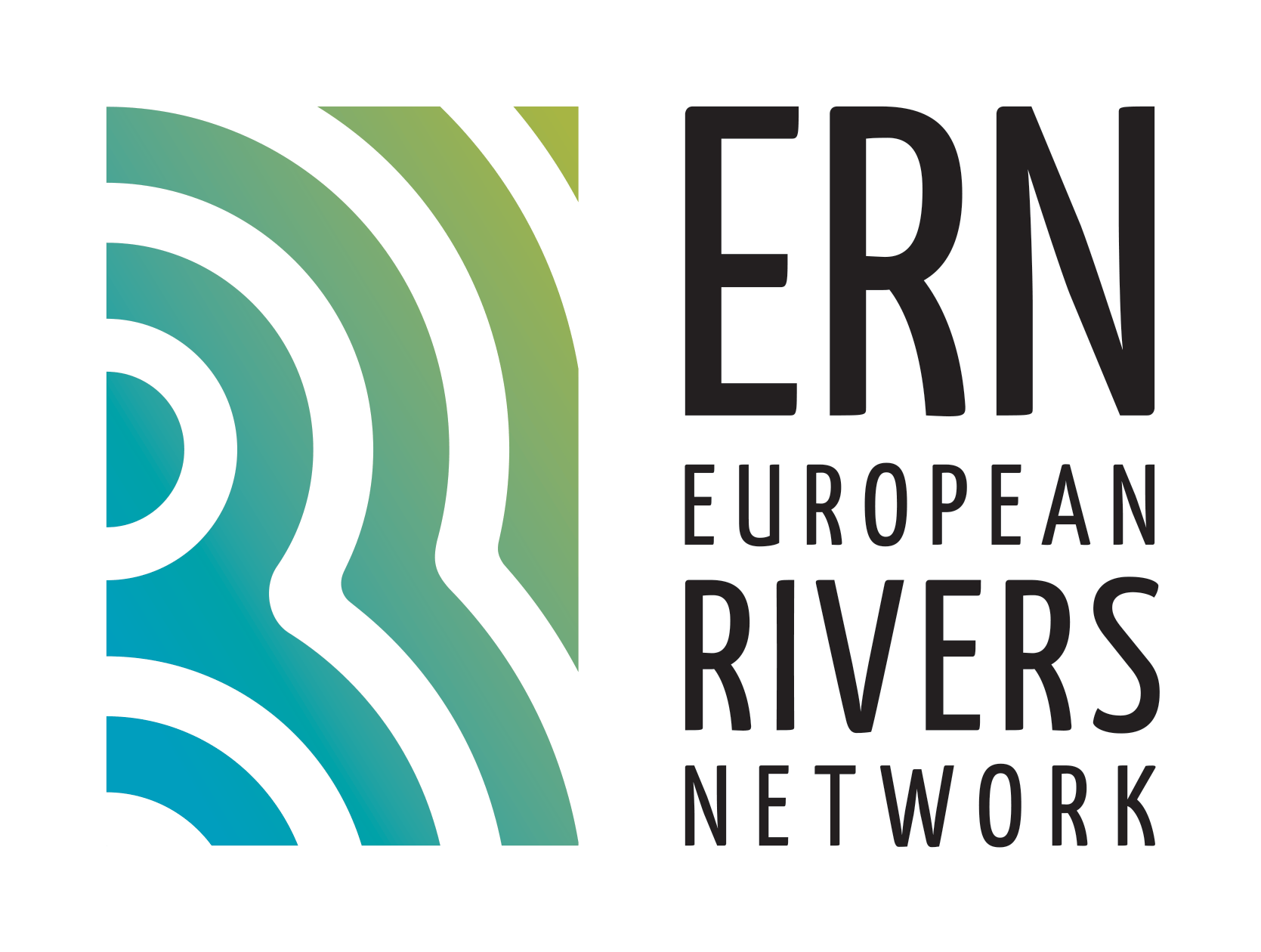

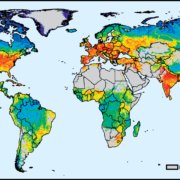
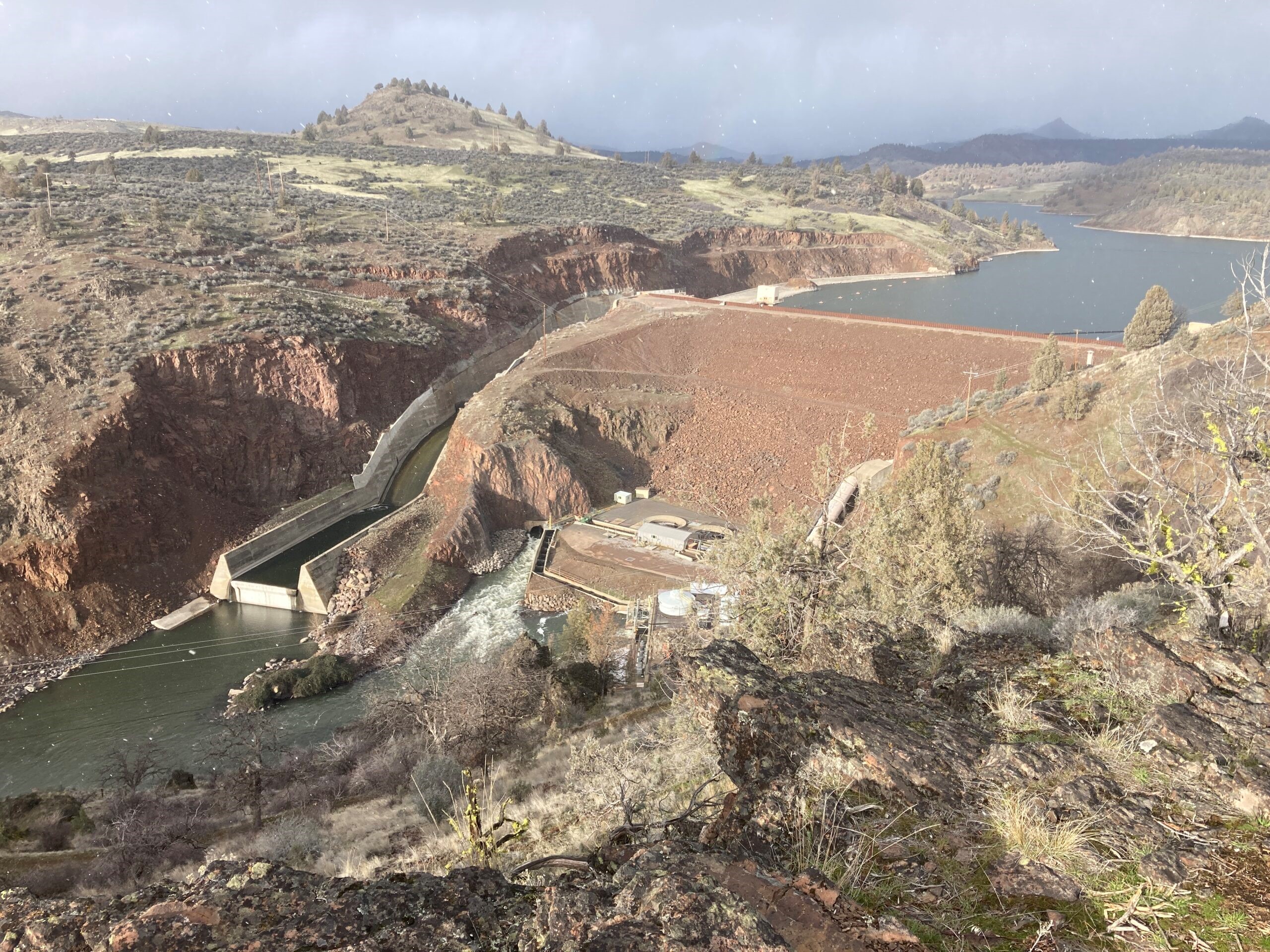
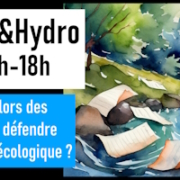
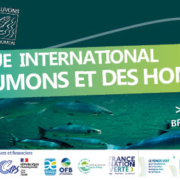
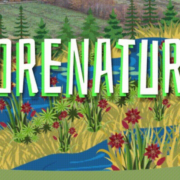

 ERN France
ERN France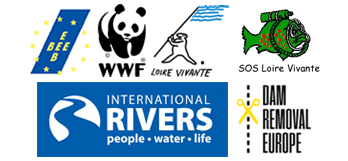 ERN is the official WWF Freshwater Partner in France and cooperates with WWF Switzerland, Austria, Netherlands and others
ERN is the official WWF Freshwater Partner in France and cooperates with WWF Switzerland, Austria, Netherlands and others